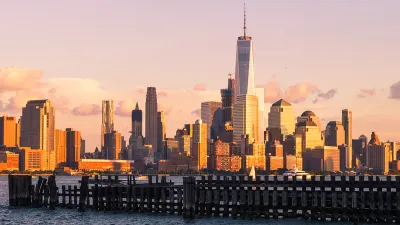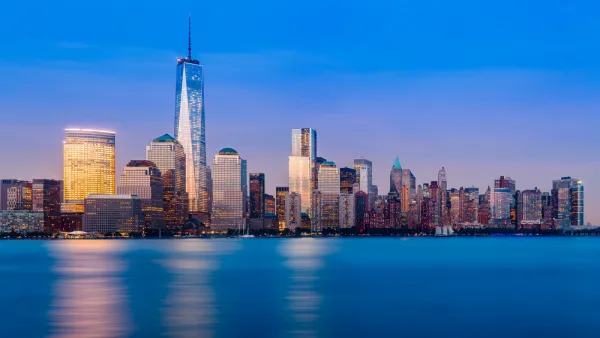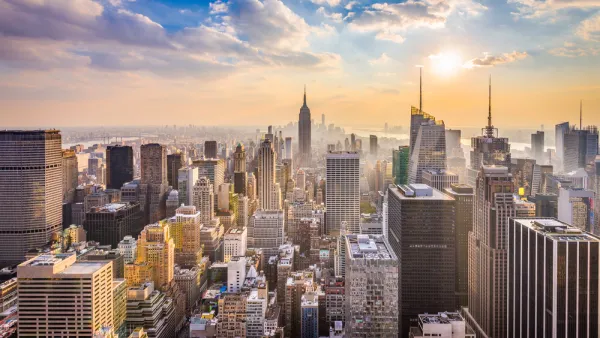Fear that skyscrapers might be a persistent target of terrorist attacks did not last long beyond the days and months following 9/11. Neither terrorists nor the Great Recession have stopped the city's skyline from continuing to reaching skyward.

"Shortly after the Twin Towers fell, there were predictions of the end of skyscrapers as a practical form of architecture. Others thought Ground Zero — hallowed ground — should not be rebuilt to such heights," according to an article by James M. O'Neill. "Yet, despite the searing emotional impact of the Sept. 11 attacks — and the economically stifling Great Recession of 2008 — the Manhattan skyline that Berman and other North Jersey residents know so well has been strikingly transformed."
"In the decade and a half since the Twin Towers fell, 15 of Manhattan’s 35 tallest skyscrapers have been built. And others will soon join them," adds O'Neill. To illustrate that point, and the scale of change that has come to the Manhattan skyline since 9/11, the article includes an interactive graphic.
For more reading on the growing heights of the New York skyline, but without the context provided by 9/11, the New York Times Magazine released a big, interactive issue documenting and illustrating the 21 buildings currently reaching above 800 feet in the city of New York.
FULL STORY: Since 9/11, New York City's skyline has only grown taller [interactive]

National Parks Layoffs Will Cause Communities to Lose Billions
Thousands of essential park workers were laid off this week, just before the busy spring break season.

Retro-silient?: America’s First “Eco-burb,” The Woodlands Turns 50
A master-planned community north of Houston offers lessons on green infrastructure and resilient design, but falls short of its founder’s lofty affordability and walkability goals.

Delivering for America Plan Will Downgrade Mail Service in at Least 49.5 Percent of Zip Codes
Republican and Democrat lawmakers criticize the plan for its disproportionate negative impact on rural communities.

Test News Post 1
This is a summary

Test News Headline 46
Test for the image on the front page.

Balancing Bombs and Butterflies: How the National Guard Protects a Rare Species
The National Guard at Fort Indiantown Gap uses GIS technology and land management strategies to balance military training with conservation efforts, ensuring the survival of the rare eastern regal fritillary butterfly.
Urban Design for Planners 1: Software Tools
This six-course series explores essential urban design concepts using open source software and equips planners with the tools they need to participate fully in the urban design process.
Planning for Universal Design
Learn the tools for implementing Universal Design in planning regulations.
EMC Planning Group, Inc.
Planetizen
Planetizen
Mpact (formerly Rail~Volution)
Great Falls Development Authority, Inc.
HUDs Office of Policy Development and Research
NYU Wagner Graduate School of Public Service





























